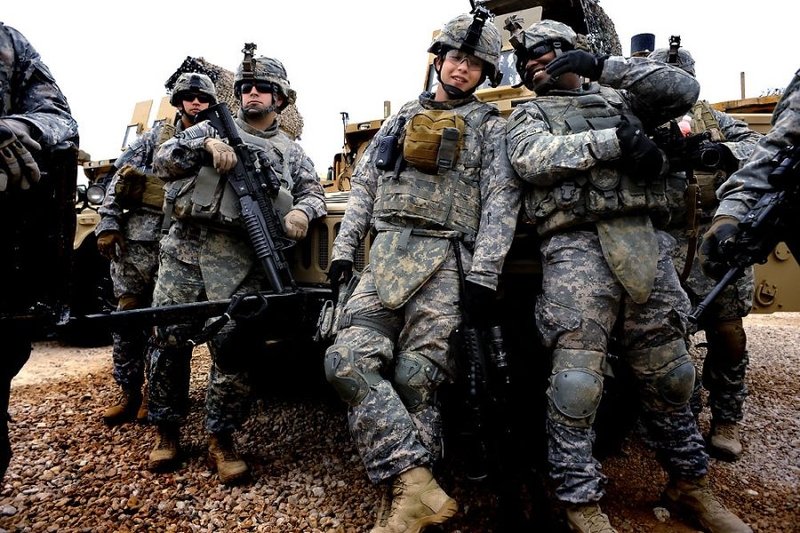|
|
Jan Fischer, American Soldier In His Military Life
|
In Medieval Europe, tales of knighthood and chivalry, the officer class of the period, captured the popular imagination. Writers and poets like Taliesin, Chrétien de Troyes and Thomas Malory wrote tales of derring-do featuring Arthur, Guinevere, Lancelot and Galahad. Even in the 21st century, books and films about the Arthurian legend and the Holy Grail continuing to appear.
A century or so later, in the hands of writers such as Jean Froissart, Miguel Cervantes and William Shakespeare, the fictional knight Tirant lo Blanch and the real-life condottieri John Hawkwood would be juxtaposed against the fantastical Don Quixote and the carousing Sir John Falstaff. In just one play, Henry V, Shakespeare provides a whole range of military characters, from cool-headed and clear-sighted generals, to captains, and common soldiery.
The rapid growth of movable type in the late 16th century and early 17th century saw an upsurge in private publication. Political pamphlets became popular, often lampooning military leaders for political purposes. A pamphlet directed against Prince Rupert of the Rhine is a typical example. During the 19th century, irreverence towards authority was at its height and for every elegant military gentleman painted by the master-portraitists of the European courts for example, Gainsborough, Goya and Reynolds, there are the sometimes affectionate and sometimes savage caricatures of Rowland and Hogarth.
This continued in the 20th century, with publications like Punch in the British Empire and Le Père Duchesne in France, poking fun at the military establishment. This extended to media other print also. An enduring example is the Major-General's Song from the Gilbert and Sullivan light opera, The Pirates of Penzance, where a senior army officer is satirised for his enormous fund of irrelevant knowledge.
|
|









